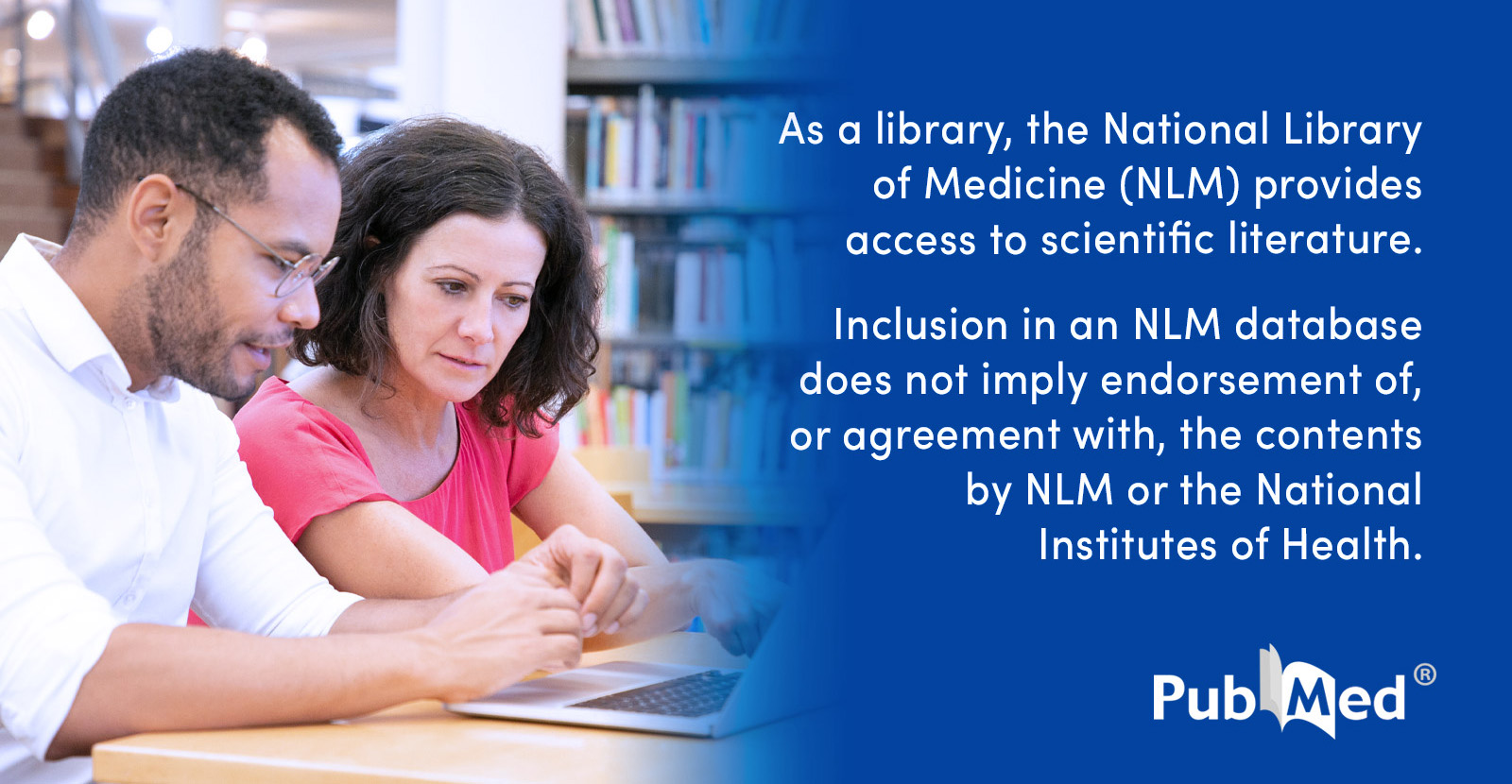Portal Venous Flow Alterations in Hepatic Artery Thrombosis Following Liver Transplant.
Autor: Tezcan, Sehnaz; Ulu Ozturk, Funda; Ayvazoglu Soy, Ebru; Uslu, Nihal; Haberal, Mehmet
Publication year: 2022
Experimental and clinical transplantation : official journal of the Middle East Society for Organ Transplantation
issn:2146-8427 1304-0855
doi: 10.6002/ect.2018.0128
Abstract:
OBJECTIVES: The hepatic vasculature is a unique system due to a dual supply that includes the hepatic artery and portal vein, which interact when the liver vascular supply is decreased. Hepatic artery buffer response, an intrinsic regulatory mechanism that compensates for blood supply, maintains increased hepatic artery flow and caliber in response to portal vein failure. Previous studies revealed that portal vein flow showed no alterations to establish adequate blood supply in response to hepatic artery occlusion. Here, we analyzed portal vein flow changes in patients with hepatic artery thrombosis after liver transplant. MATERIALS AND METHODS: From December 1988 to October 2017, our center performed 580 liver transplant procedures. Those diagnosed with hepatic artery thrombosis (19 females, 24 males) by Doppler ultrasonography during postoperative week 1 were analyzed. Patients received either surgery or endovascular treatment for hepatic artery thrombosis, with patency confirmed by Doppler ultrasonography. We compared portal vein flow velocity and caliber before and after treatment using Wilcoxon signed rank and Mann Whitney U tests. RESULTS: Mean patient age was 18.9 ± 21.4 years. Portal vein flow velocity pretreatment (median of 70 cm/ s) was significantly higher than posttreatment (median of 52 cm/ s) in all patients (P < .001). Median flow velocity decreased significantly after treatment when subgroups were compared, including age (adult vs child), transplant type (orthotopic transplant vs living donor), and treatment (surgery vs endovascular). However, portal vein flow velocity showed a significantly higher decrease in the surgery subgroup than in the endovascular treatment subgroup (P = .018). There was no significant relationship between portal vein calibers before and after treatment (P = .36). CONCLUSIONS: The significant decrease in portal vein flow velocity after successful treatment of hepatic artery thrombosis may represent a compensatory flow change of the portal vein in response to diminished hepatic artery flow. Language: eng Rights: Pmid: 30702049 Tags: Humans; Female; Male; Adult; Child; Adolescent; Young Adult; Treatment Outcome; *Liver Transplantation/adverse effects/methods; Hepatic Artery/diagnostic imaging/surgery; Living Donors; Blood Flow Velocity; *Thrombosis; Portal Vein/diagnostic imaging Link: https://pubmed.ncbi.nlm.nih.gov/30702049/








